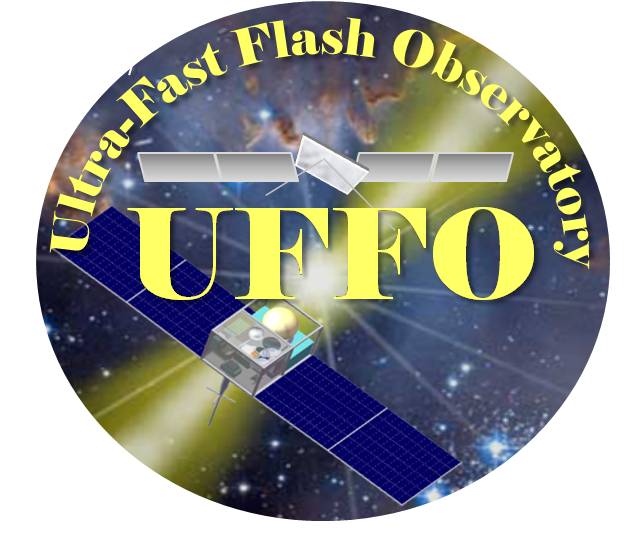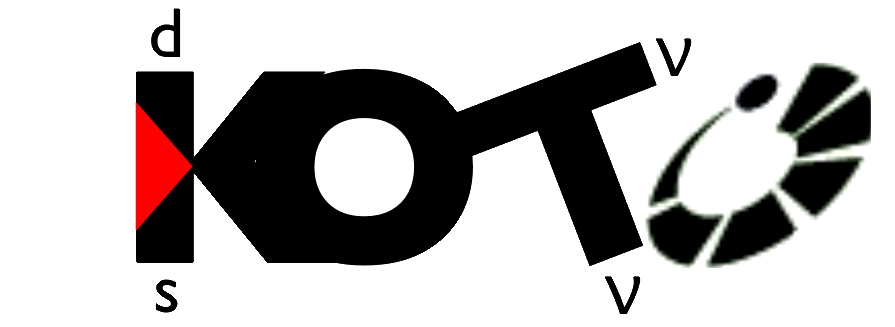Introduction of CMS experiment
- Details
- Published on Sunday, 02 December 2012 20:16
- Written by Yuhow Chang
- Hits: 12128
Large Hadron Collider (LHC)
The 27km circumference LHC has been constructed in a tunnel 100 m underground which straddles the Swiss and French borders. It will deliver proton beams with energy 7 TeV and at a design luminosity of L = 1034 cm-2 s-1. These parameters have been chosen in order to study physics at the TeV energy scale, and provide a seven-fold increase in energy and a hundred-fold increase in integrated luminosity over the current hadron collider experiments. This enables physicists to study a wide unexplored region of particle physics but also requires a very careful design of the detectors to achieve these conditions.
The LHC will also operate in Heavy Ion mode, with design luminosity of L = 1027 cm-2 s-1 and centre-of-mass energy of 1312 TeV, providing high energy heavy-ion beams with energies over 30 times higher than at the present day accelerators to enable us to further extend the range of the heavy-ion physics programme to include studies of hot nuclear matter. The heavy ion programme will also seek to produce quark-gluon plasma - a state of matter in which quarks and gluons behaved like free particles, and which is believed to have existed at the very early times of the universe.
You can find more details about LHC here.
The Compact Muon Solenoid (CMS) experiment
The CMS experiment uses a general-purpose detector to investigate a wide range of physics at the TeV scale, including the search for the Higgs boson, extra dimensions, heavy ion collisions. and particles that could make up dark matter. Although it has the same scientific goals as the ATLAS experiment, it uses different technical solutions and design of its detector magnet system toachieve these.
The CMS detector is built around a huge solenoid magnet. This takes the form of a cylindrical coil of superconducting cable that generates a magnetic field of 4 teslas, about 100 000 times that of the Earth.
The symmetrical CMS detector is built in a traditional barrel design with two endcaps to provide nearly 4π coverage, specifically built to provide good muon detection and resolution. Particle identification is aided by the superconducting solenoid which provides a 4 Tesla magnetic field.
Several important sub-systems in CMS detector.
Basically, there are inner tracker, electromagnetic calorimeter (ECAL), hadronic calorimeter (HCAL), sSuperconducting magnet, muon detection.
Especially, NTU group is responsible for the builbing of preshower system. A preshower system is installed in front of the endcap ECAL for pi-zero rejection and the detection of photons. This is designed to detect the slightly-overlapping pair of photons from a π0 decay and to distinguish these from the single shower produced from a single photon interacting with the calorimeter material.
We also participate in the upgrade of pixel track detector. A corresponding upgrade of the innermost part of the CMS detector, the pixel detector, is needed. A full replacement of the pixel detector is planned in 2016. It will not only address limitations of the present system at higher data rates, but will aggressively lower the amount of material inside the fiducial tracking volume which will lead to better tracking and b-tagging performance. This article gives an overview of the project and illuminates the motivations and expected improvements in the detector performance.
You can also find more informaton about CMS here.









